Scratching the Surface
A Study of Empathy
All the markers of artfulness seem to be in place, and yet this self-proclaimed study of empathy quickly wears thin.
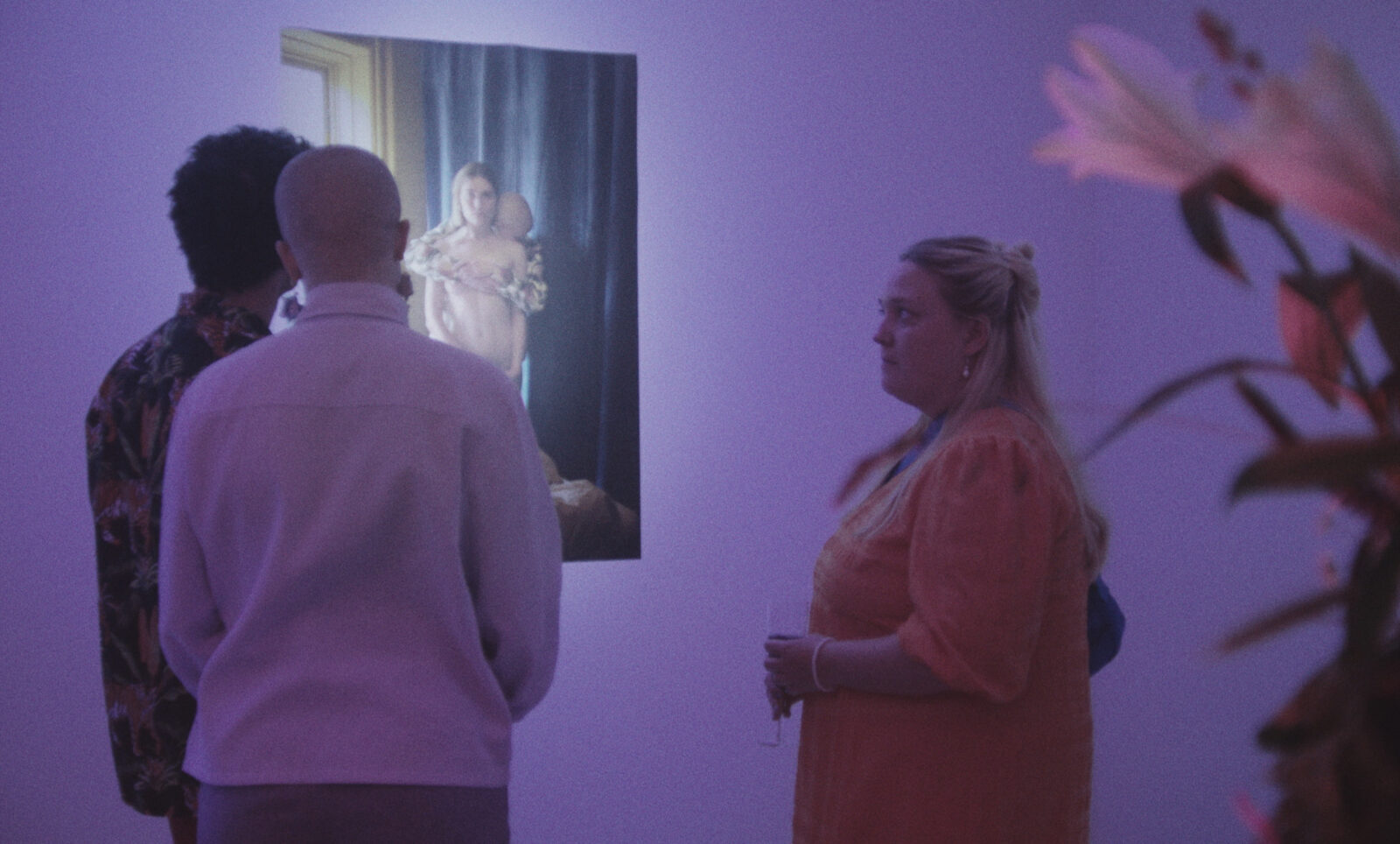
A Study of Empathy plunges you headfirst into texture. The grainy opening titles write a fuzzy check that cinematographer Roxana Reiss’s images are more than happy to cash—but not before a contrasting texture slides in between. “Be part of my graduation project,” art student Penelope writes in her ad, “help me explore how we empathise with each other.” Slick design, smooth purple; an invitation to come together that doubles as an exercise in marketing.
Compare this to the homely images that introduce protagonist Dana—sunlight streaming into a space made wholly her own, the walls adorned with art and knick-knacks. When Penelope arrives with all the smoothness of her ad and more, Hilke Rönnfeldt’s award-winning short seems to set us up for a confrontation. If characters with such opposing personalities explore empathy together, we could expect friction or at least the expression of diverging views. Yet the possibilities are open-ended in a way the short never allows itself to be, frustratingly mirroring Penelope’s ultra-efficient approach to art.
Dana is intimidated by her confident guest; attempts at small-talk follow and falter. Empathy is so timely, she says, and scary. Her nervousness dwarfs her in the frame, cramming her into corners and, tellingly, mirrors. Their glass is another texture, one that does not stand on its own but reflects and refracts. Building up to Penelope’s experiment, the short gains an intriguing self-reflexivity: the two women want to interrogate their reactions to one another, and isn’t that what the viewer does too?
And for a moment, A Study of Empathy all but fully indulges in this mutual exploration, to exhilarating results. Claustrophobic close-ups linger on Dana’s face, zoomed in to distance and confront her reaction at once, and what a reaction it is. Horror, shock, incredulity; her eyes glistening and her mouth agape, she struggles in real time to react to her conversation partner. We, too, seek an indication as to why she feels so overwhelmed: is it a past trauma, mere shock at the sudden intimacy that Penelope forces upon her, or something in between? It is a brief instance of openness and complex emotion, bolstered by actress Sara Klein Larsen’s subtle performance. But the intrigue is rapidly undercut by the very affect to which Dana reacts.
Penelope seeks to interrogate empathy, and since it is her invitation that opens the film, the idea is never far from the viewer’s mind. Her chosen medium is autofiction, an artistic approach that filters autobiography through layers of fictionalisation. But where practitioners like Rachel Cusk emphasise the productive friction created by this format, Penelope shows little interest in letting her audience explore the gulf between writer and character. Dana struggles to react to Penelope’s performance, but the nagging question is whether she has much of a choice in the matter.
Taking her clothes off as efficiently as she sets up her camera tripod, the art student stands naked before the hesitant host. She reads, with flat affect, a letter to “dear Father” that implies a history of sexual abuse so strongly that any other interpretation seems ludicrous. Of course this is shocking. A few moments ago, these women didn’t know each other; now, one is performing something so confrontationally intimate that it threatens to get its audience to react a certain way. Be surprised, be empathetic, or risk vulnerability—Penelope will take a picture. This is an art project, after all.
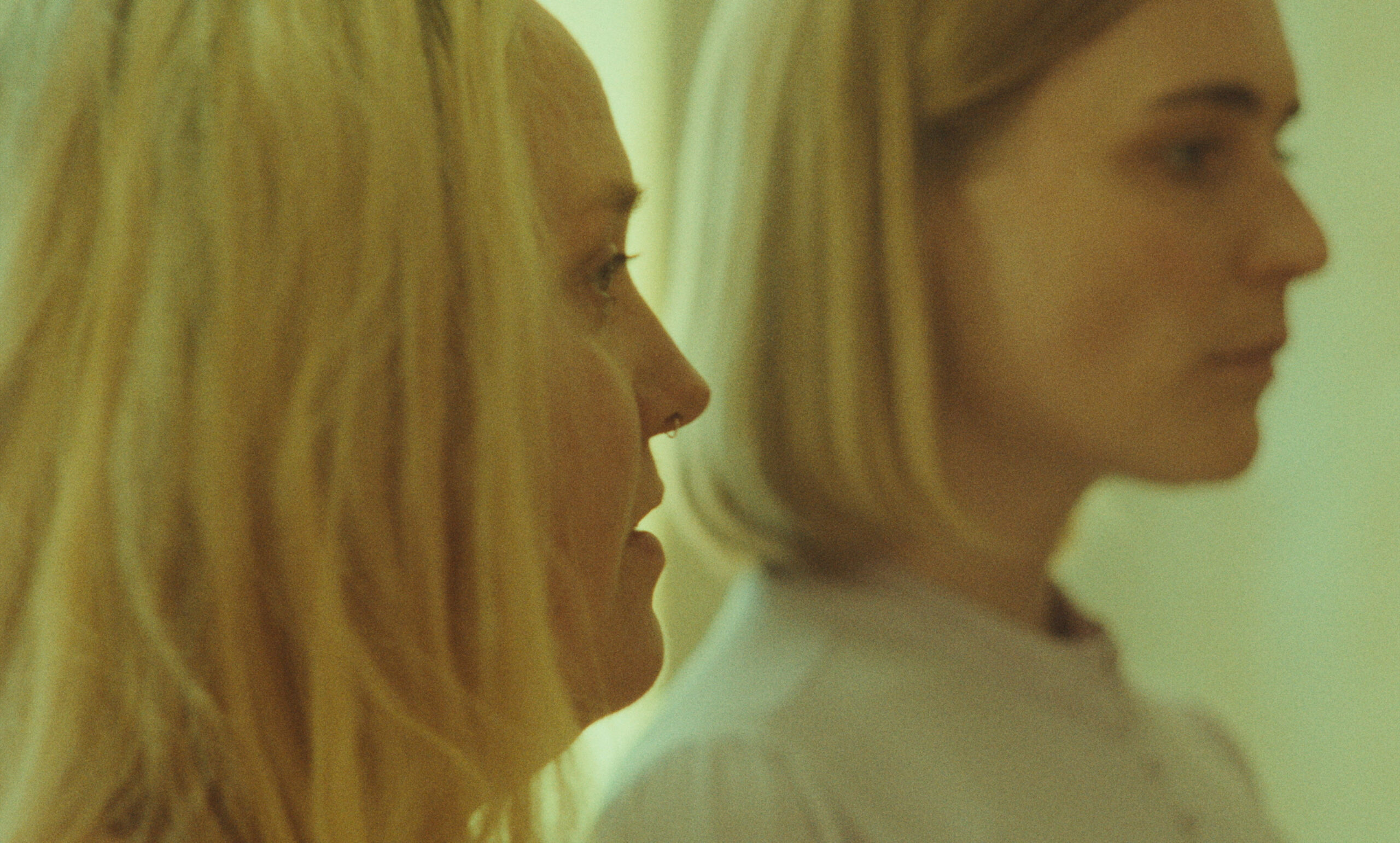
A Study of Empathy (Hilke Rönnfeldt, 2023)
All the markers of artfulness seem to be in place, and yet this self-proclaimed study of empathy reveals little about either of our characters. This is, presumably, the film’s point: when asked about the short’s creative origins, Rönnfeldt claims to have been on the receiving end of a similar art project once, invoking autofiction again. However, she ends up mirroring the project’s hollowness in film. Penelope arrives with art school cred and frictionless confidence, and so does A Study of Empathy. Despite the opening title, the film is not actually shot on 16mm film, the grain having been added in post. The faux fuzz is exemplary of the short’s more pressing shortcomings.
The eye-catching grain, real or not, is an imperfection, an obstacle to absolute clarity, and A Study of Empathy leads with it. This promises a degree of opacity that could and should invite the viewer in, but like Dana, we are guided rather than let loose. If the audience has nothing to fill in, no pores through which to seep into the work, they disconnect—and the film closes itself off just as quickly as it opens up.
Dana’s reaction to the letter is undercut with quirky music and, eventually, a tension-relief valve of a punchline. When we glimpse the other products of Penelope’s project, their relative shallowness could make for an interesting contrast to Dana’s picture, but Study goes for a gentle ribbing of the art scene rather than biting satire. Read through the eyes of a Lauren Berlant, the viewer might consider Dana’s experience as a form of “cruel optimism”: an attachment that is prohibited by the very thing it seeks after. She seeks emotional catharsis, validation even, from an art scene that is uninterested in her, but this is left unexplored. Instead, she exits with a stereotypical gesture of kindness the film neatly holds up as truly empathetic.
For all the questions it initially raised, A Study of Empathy quickly wears thin. It gestures towards larger themes but cannot allow for the necessary permeability to address these issues. The film ends up inadvertently mirroring the flawed art project at its centre. Both seem perfectly sculpted, but they don’t breathe. Even marble has pores.
This text was developed during the European Workshop for Film Criticism #4—a tandem workshop set during Filmfest Dresden and Vienna Shorts—and edited by tutor Anas Sareen.
The European Workshop for Film Criticism is a collaboration of the European Network for Film Discourse (The END) and Talking Shorts, with the support of the Creative Europe MEDIA programme.

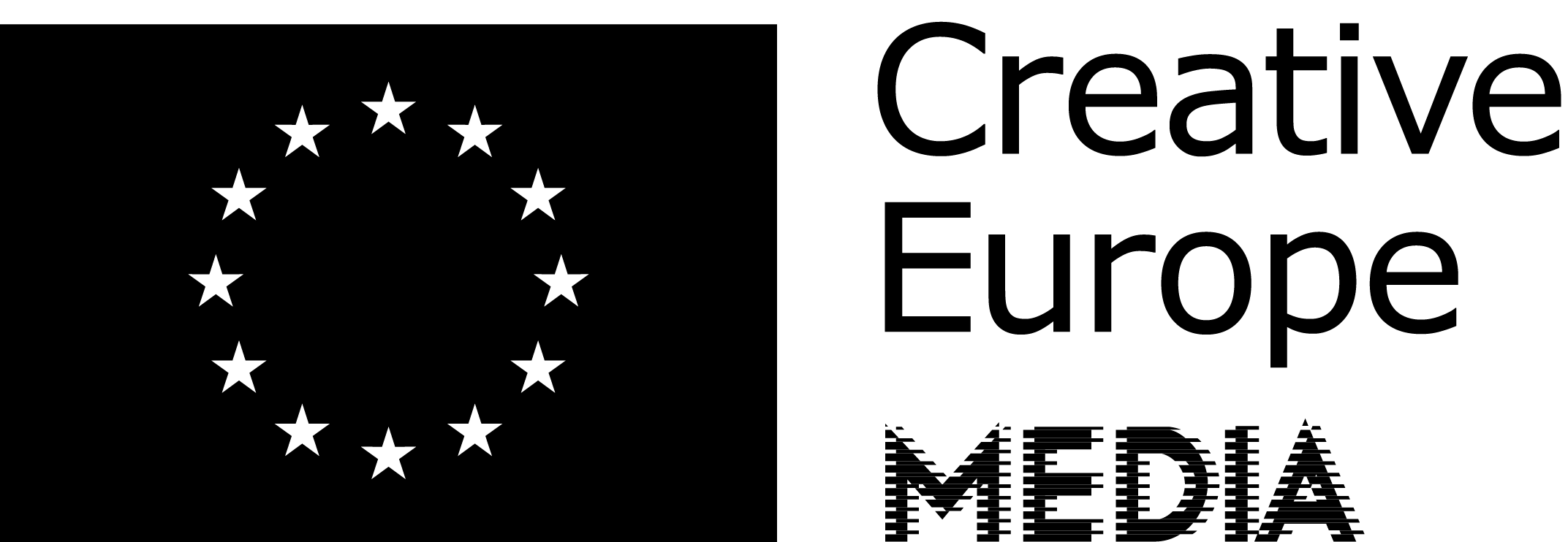
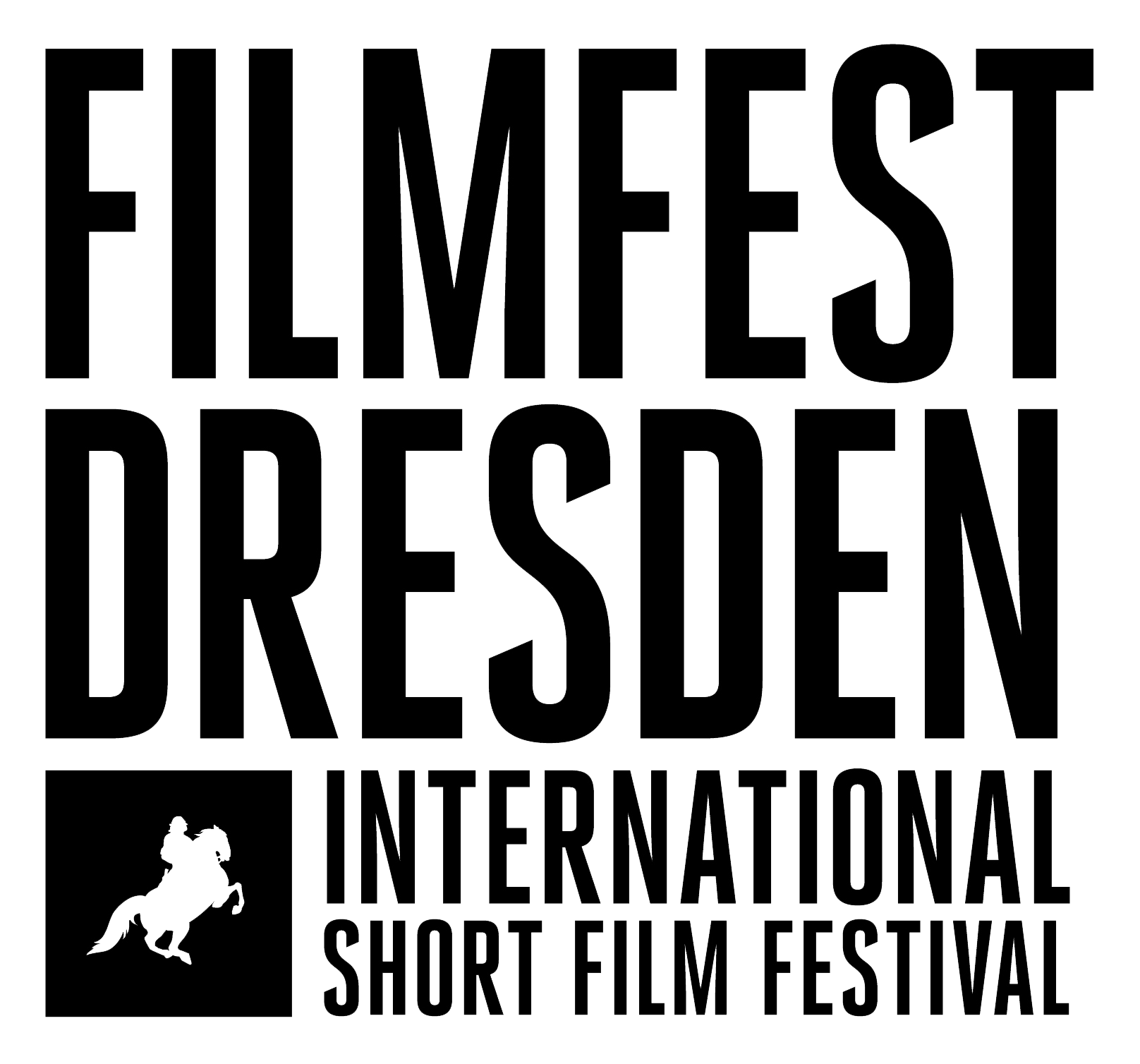

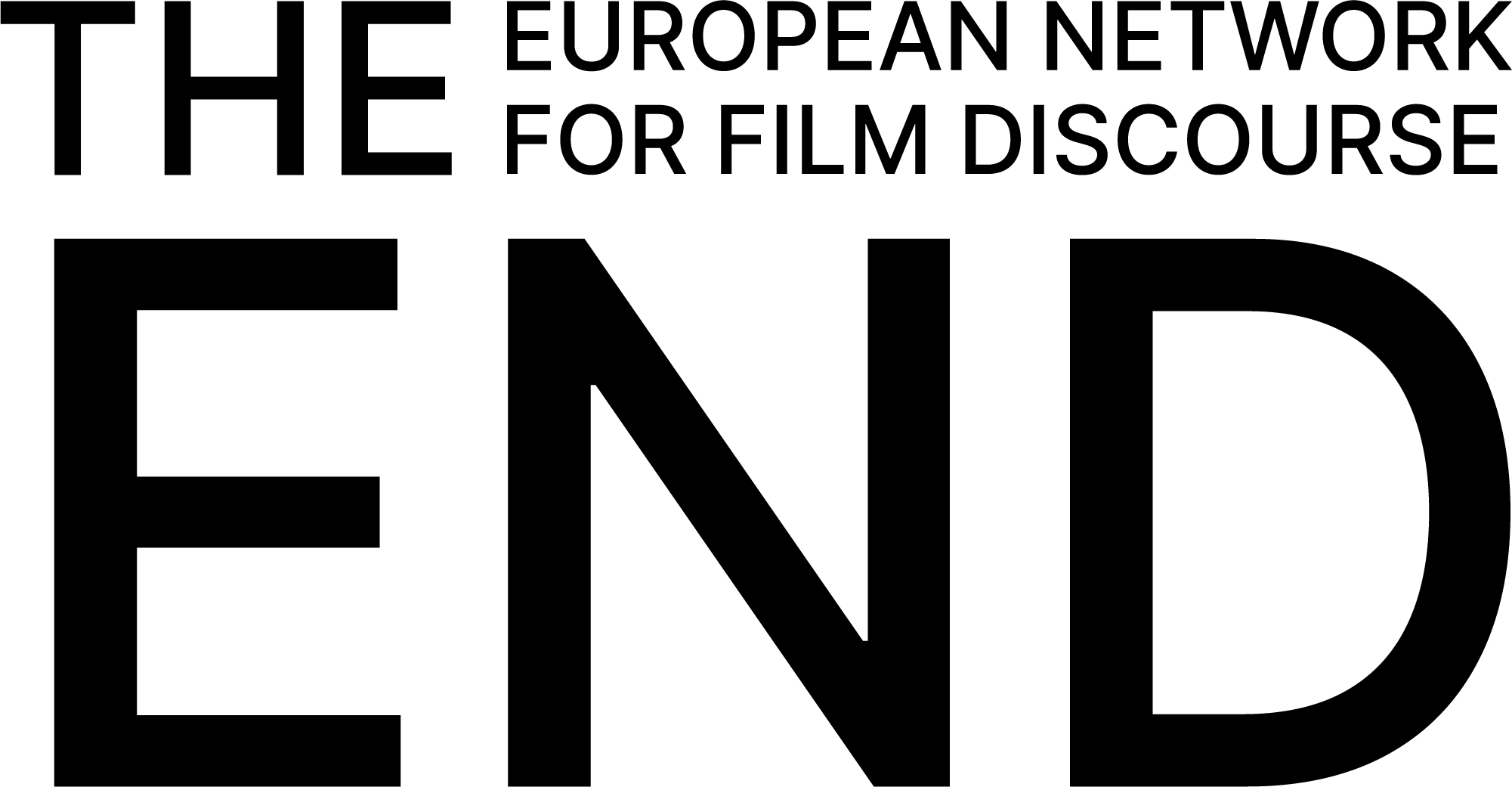
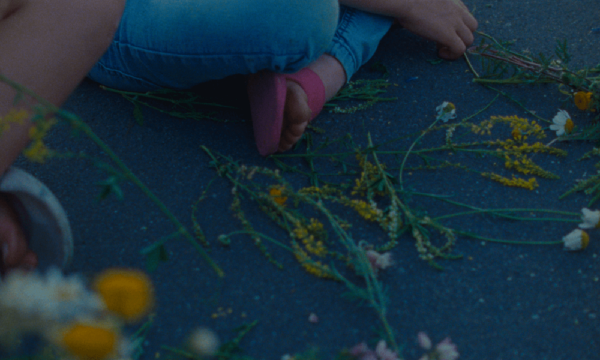
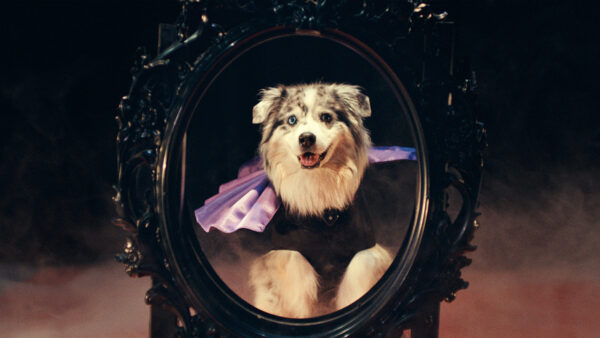
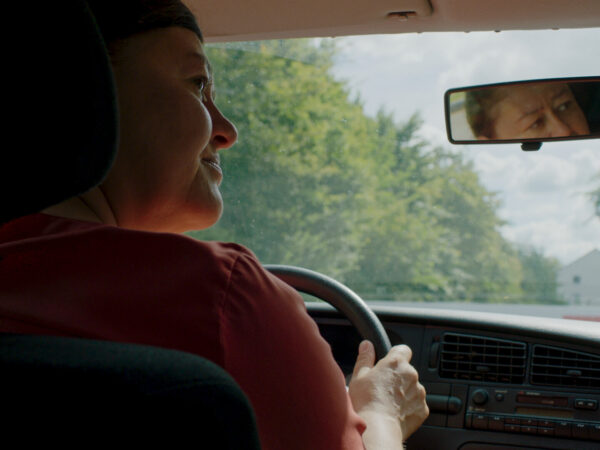
There are no comments yet, be the first!